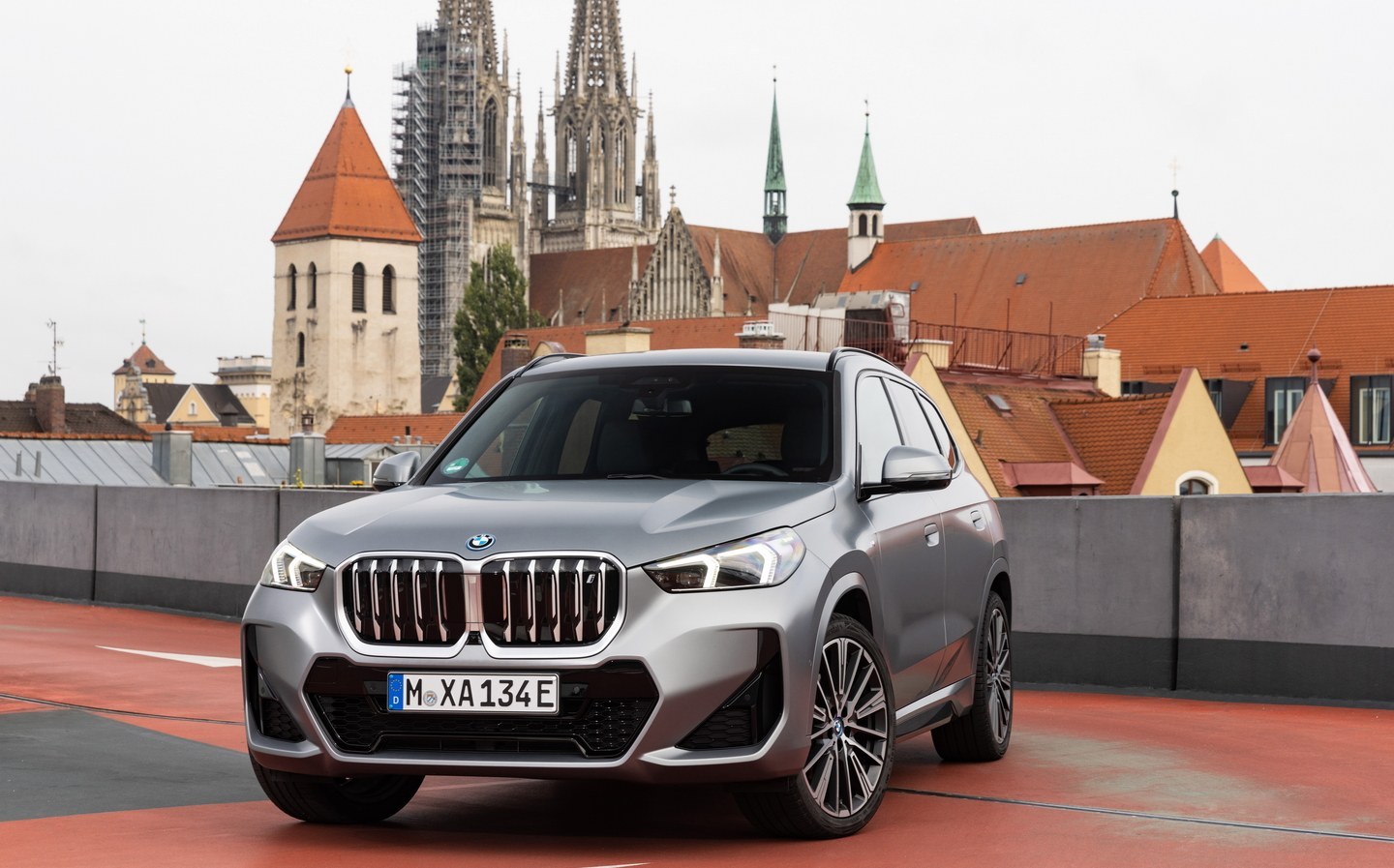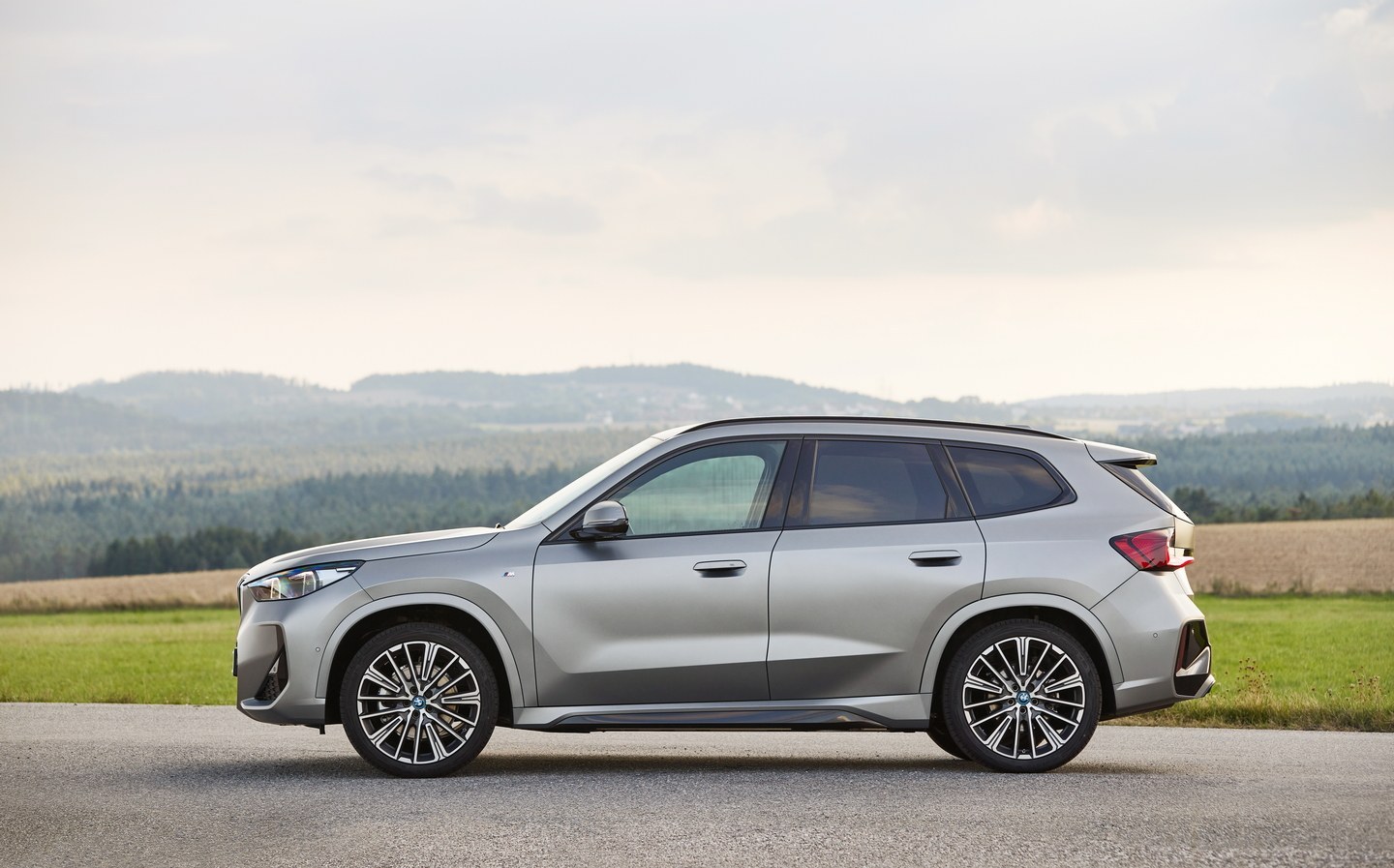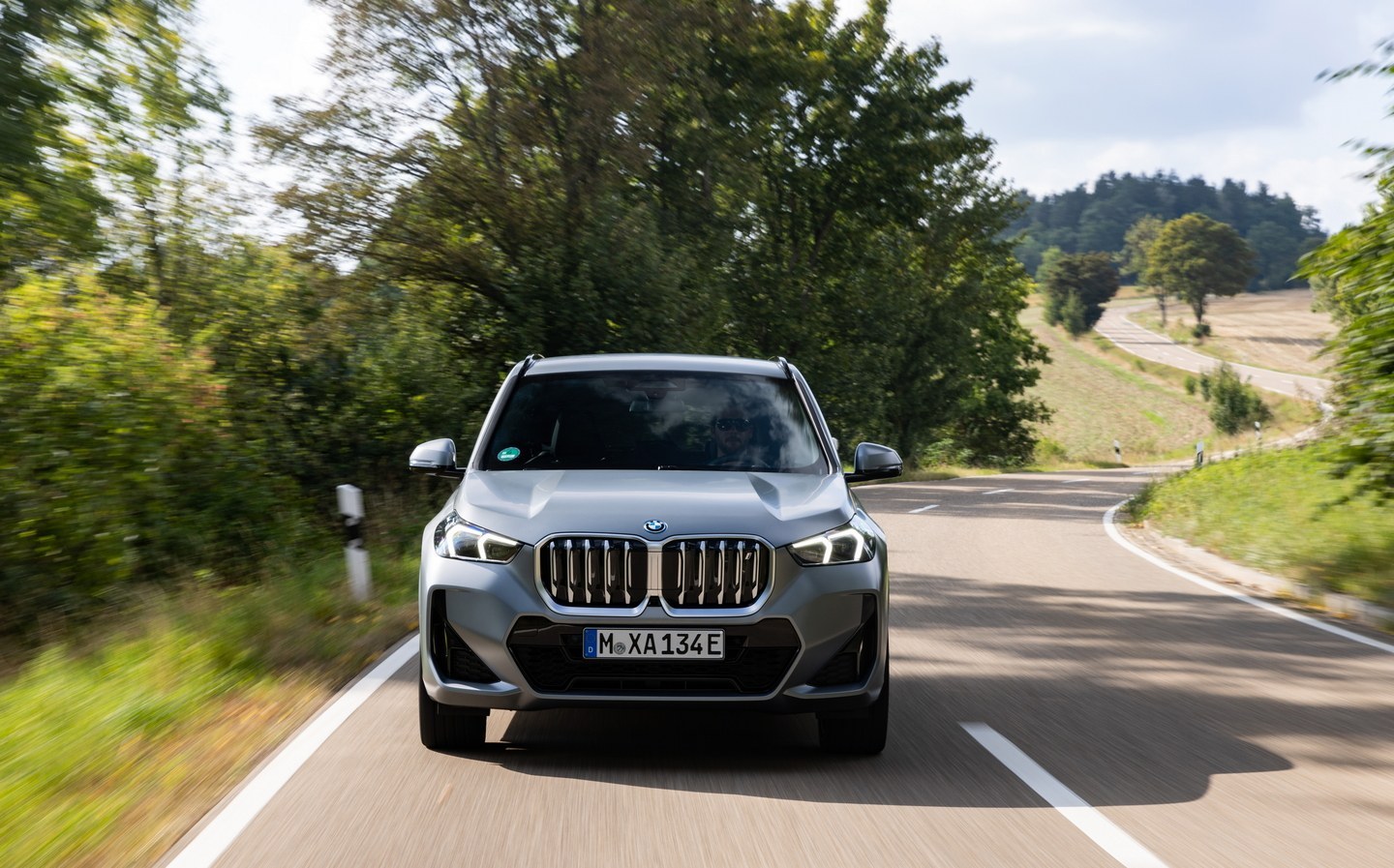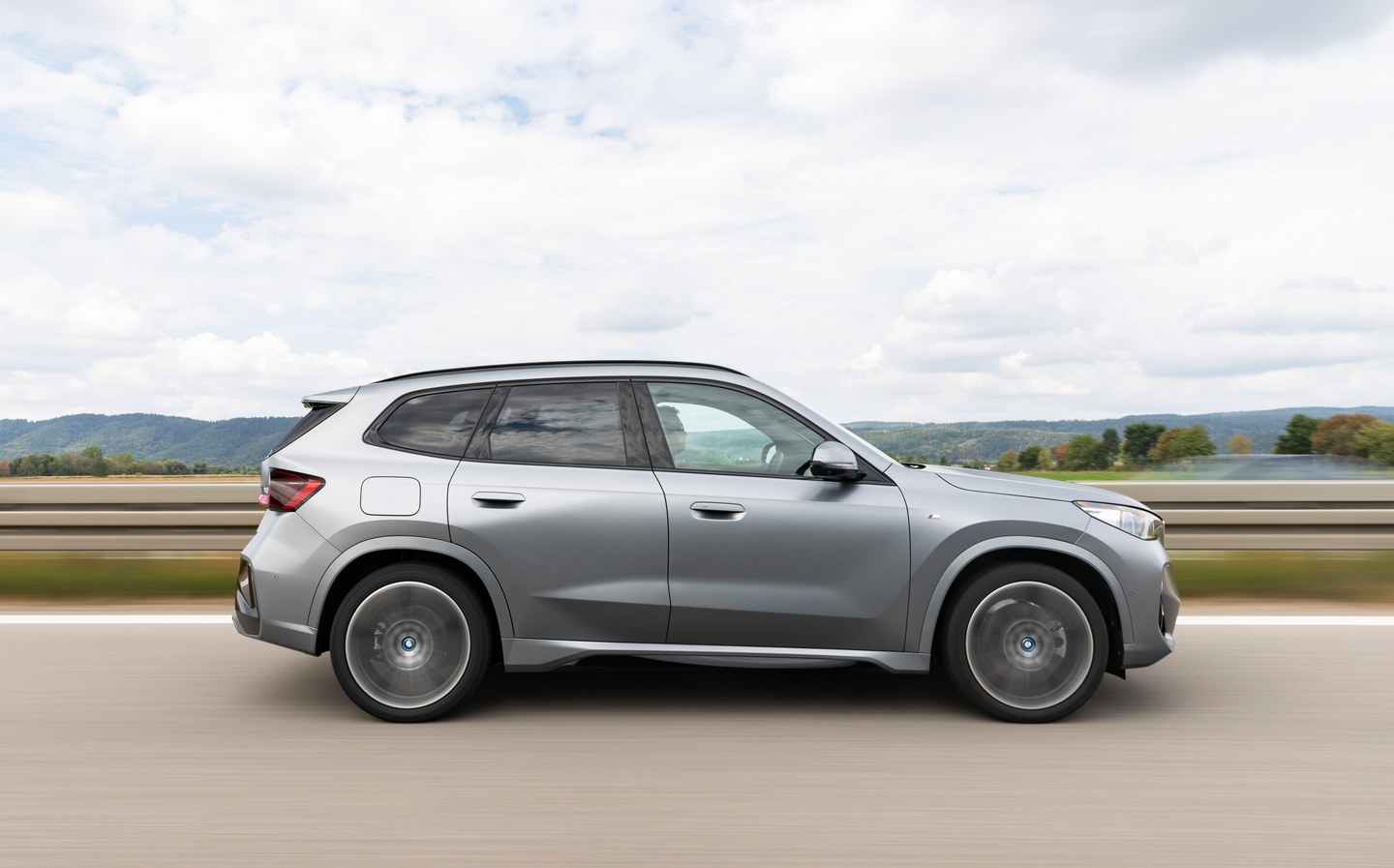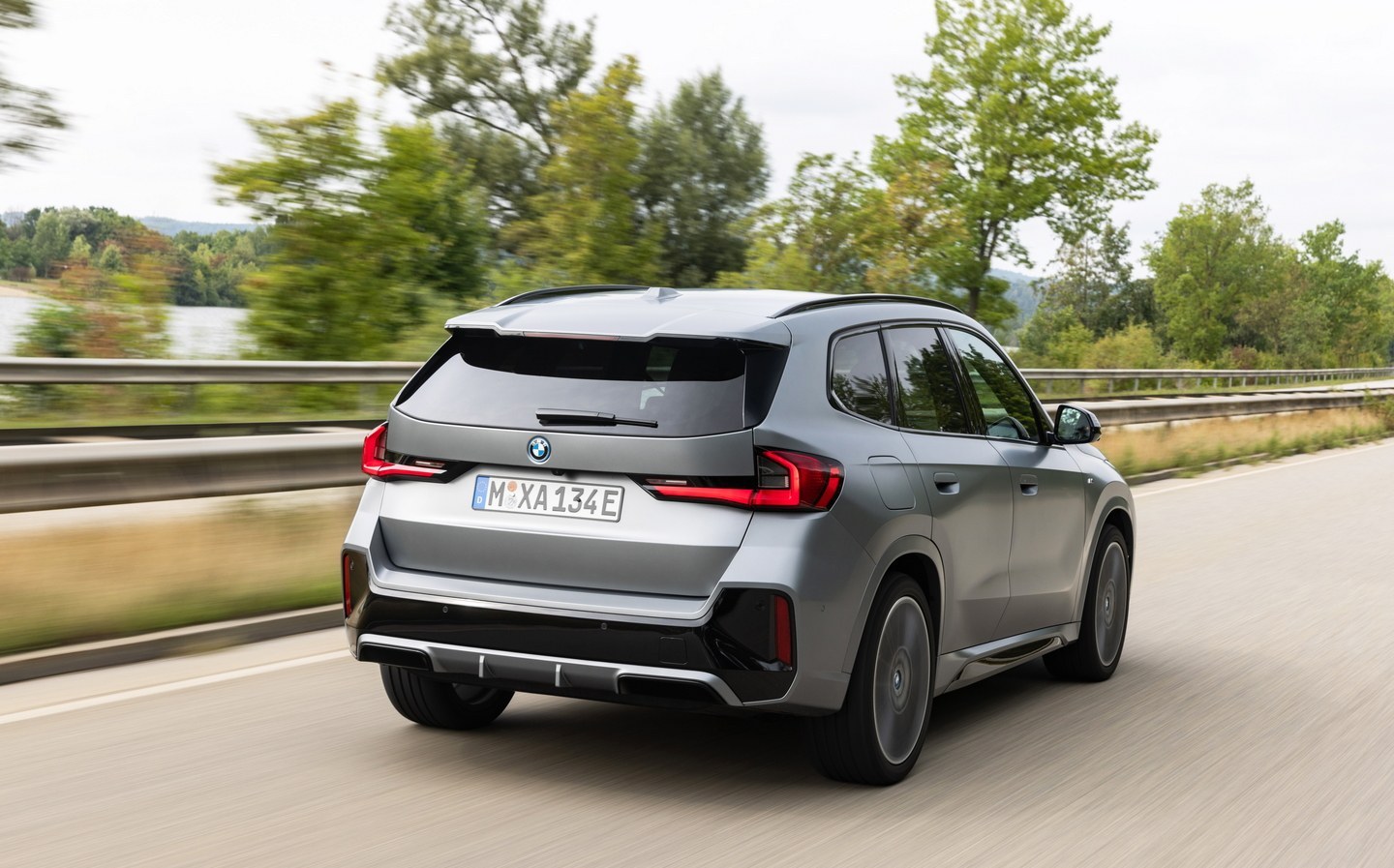BMW X1 and iX1 2023 review: compact crossover now comes as an electric car, too
X1 marks the spot
The BMW X1 has been part of the furniture for some time now. A premium compact SUV that majors on handling, quality and performance, it has been an unsurprisingly popular choice among customers. And now there’s a new model that aims to move the game forward with more modern styling and technology, as well as improved practicality and efficiency.
That final quality is an important one, and the newcomer is the first X1 to be offered with a choice of petrol, diesel, hybrid and pure-electric powertrains. The battery-powered iX1 EV is understandably of particular interest, and it’s set to be a smash hit among customers who would otherwise choose an electric Volvo XC40 Recharge or Mercedes-Benz EQA.
Exterior design and rivals
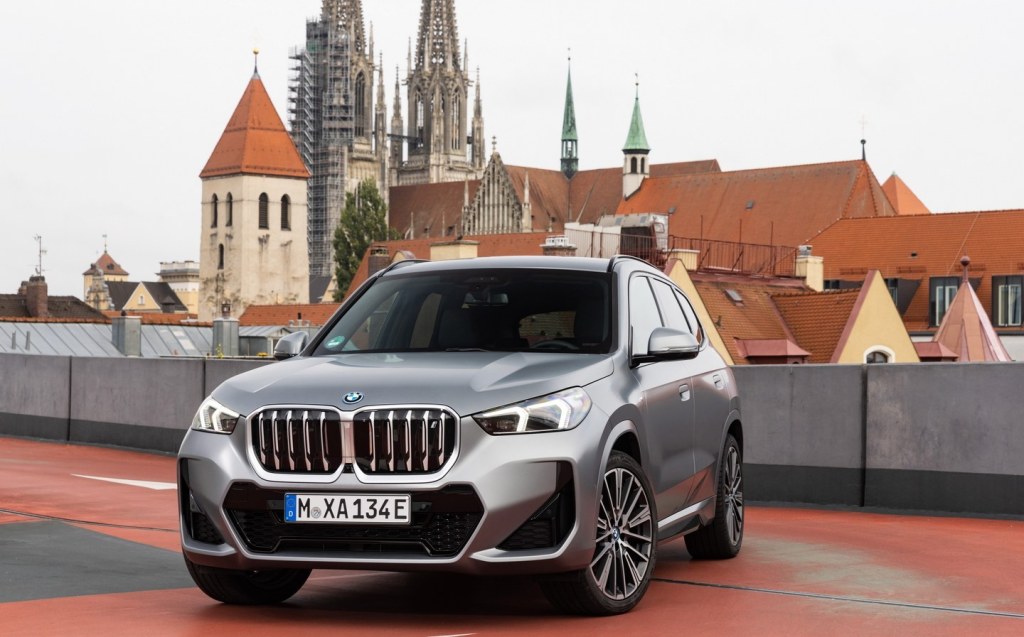
By redesigning the X1 from the ground up, BMW’s designers had almost free rein to shape the car in any way they liked. However, the result won’t be to everyone’s taste. It’s certainly more modern but some iX1s come with garish blue exterior trim and every model gets a new and much larger front grille.
Even so, BMW claims the new X1 is more aerodynamic than ever before, with vents that can open and close depending on the powertrain’s cooling requirements and fins at the rear to make the air flow as smoothly as possible over the car.
The resulting low-drag shape is good news for fuel economy but it’s particularly good news for the electric iX1. After all, BMW estimates that aerodynamics account for roughly 60% of energy consumption at motorway speeds, so cleaning up the airflow goes a long way to improving the car’s range.
It also means the battery can be smaller than it is in rivals such as the Mercedes-Benz EQA and Volvo XC40, and that means less weight and fewer resources are used in the manufacturing process.
Interior and practicality

The BMW X1 shares much with the latest-generation 2 Series Active Tourer, and nowhere is that more apparent than in the cabin. The two cars have a near-identical interior design, with BMW’s latest infotainment system becoming a key feature of the dashboard.
The system sits in a curved display that covers roughly half the dashboard’s width, incorporating both a central touchscreen and a digital instrument display in one housing.
That, combined with the floating centre console that plays host to the toggle-style drive selector, makes the X1’s cabin feel fresh and modern, and it has allowed BMW to have something of a spring clean. With so many functions now taken care of by the touchscreen, the designers have been able to remove most of the buttons, leaving a much less fussy-looking interior.

But like the 2 Series, the X1 still has an eye on luxury and quality. All around, the materials are first-class, with soft, tactile plastics and supple leather upholstery throughout.
The switchgear that remains is impressive, too, giving you the impression of something fastidiously engineered and well thought through. Even the door handles feel wonderfully solid.
The X1 is also more spacious than before, with ample room for four adults and a generously sized boot. Entry-level X1s can accommodate 540 litres of luggage space, but that falls to 490 litres in the iX1, which loses some space to the twin-motor electric powertrain.
Nevertheless, it’s still only slightly less capacious than the BMW 3 Series Touring estate, and it’s much roomier than rivals such as the Mercedes-Benz EQA.
Technology, safety and charging speeds

Thanks to BMW’s renewed focus on technology, there’s a lot riding on the latest-generation touchscreen and instrument cluster. With fewer buttons to back them up, it’s imperative that the systems work quickly and effectively. Fortunately, they do exactly that.
Perhaps the highlight is the digital instrument cluster, which is clear and highly configurable, allowing drivers to see the information they want in the style of their choice. Admittedly, that should be par for the course with such systems, but the BMW display is one of the most intuitive to use and sharpest looking on the market.

The same could be said of the touchscreen, which benefits from the same high-resolution display and configurable menus, while also adding rapid responses to any input from the driver or passenger. With the help of typically German logic, the system is sharp and easy to use, putting it well ahead of most touchscreens.
That’s particularly good news because, while the designers were culling physical buttons on the dashboard, the screen took responsibility for heater controls. Normally we’d be dead against such decisions, but BMW’s implementation is one of the better ones. Simply changing the temperature can be done with a single tap from any display, and though more complex operations take a little more thought, this is still among the best integrations of climate control with a touchscreen that we’ve seen.
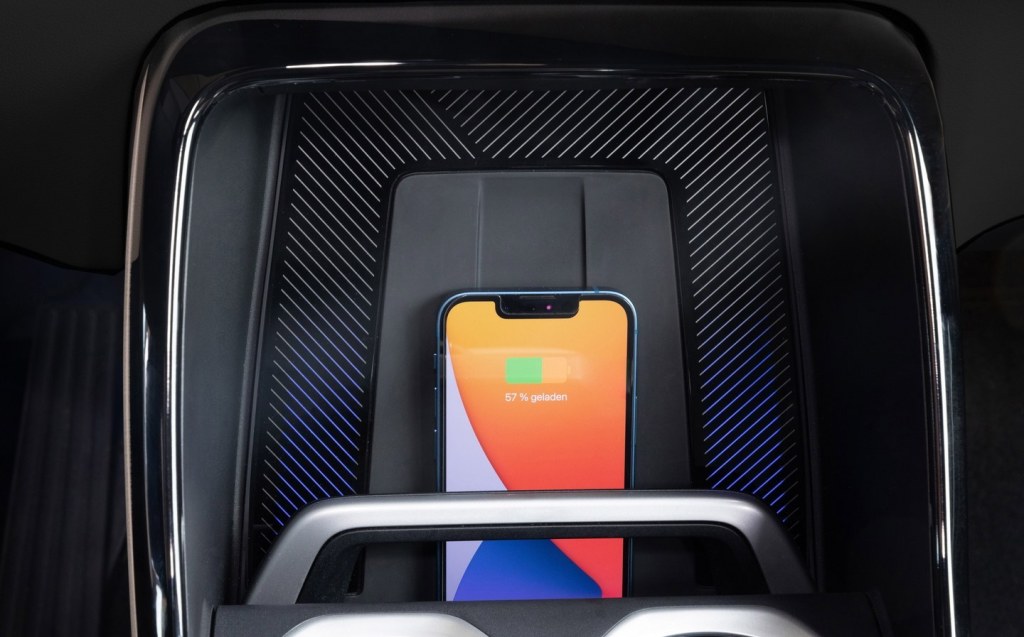
Despite all that praise, there’s still a sense that the same touchscreen system is used to greater effect in the new 3 Series and the iX electric SUV thanks to the inclusion of a rotary ‘iDrive’ control wheel in the centre console. In those larger models, the wheel allows drivers who have learned the system inside out to operate it almost without looking, making the screen less distracting on the road.
Fortunately, the X1 comes with a wide range of driver assistance systems to help you stay safe on the road. Parking sensors and a reversing camera are included as standard, as is cruise control, while autonomous emergency braking and lane departure warning also feature.
If they so wish, customers can also add a head-up display that projects information onto the windscreen, reducing the amount of time drivers spend looking away from the road.
But safety and entertainment technology are not the only consideration for BMW’s engineers, who have also had to contend with building the iX1’s charging architecture, too. Their efforts mean customers using a public DC charger will be able to charge at up to 130kW, allowing the car to charge from 10-80 per cent in 29 minutes. At its fastest, the car can take on almost 75 miles of range in just 10 minutes.
Performance, engines and electric range

With the 64.7kWh battery fully charged, the iX1 xDrive30 offers customers an official range of between 257 and 272 miles, which should translate to more than 200 miles in the real world. However, achieving that rather depends on your ability to resist the lure of the twin-motor, all-wheel-drive powertrain that produces a total of 308bhp. With that power and traction coming from two electric motors, the iX1 is capable of 0-62mph in less than six seconds, and the instant acceleration is addictive – particularly if you use the subtle ‘Boost’ paddle behind the steering wheel for maximum performance.
Of course, while that acceleration is commendable, it’s hard not to notice that the most efficient versions of the Mercedes EQA and Volvo XC40 offer slightly more range between trips to the plug. However, once you compare similarly powerful options, the difference is much less pronounced.

And for those worried about charging and range, there are always more conventionally powered versions of the X1 to choose from. At launch, BMW has a range of two petrol engines and two diesels, while they are set to be joined by another petrol engine, another diesel and two plug-in hybrids, the latter each with an all-electric range of over 50 miles.
Every engine comes with an eight-speed automatic gearbox, but the more powerful options come with mild-hybrid technology and all-wheel drive, whereas the less powerful versions get front-wheel drive as standard.

The diesels are a little gruff, and the front-wheel-drive sDrive18d is particularly keen to spin its front wheels in wet weather, but every engine in the range is powerful enough to make perfectly adequate progress. For its refinement, power and all-wheel-drive security our favourite is the xDrive23i petrol option, but the upcoming plug-in hybrids may prove a more economical and compelling choice for some.
Ride and handling
The X1 has always been set apart from its rivals by its road manners, and the new model is no exception to that. In any form, the X1 handles brilliantly for something of its size, thanks mainly to its trademark BMW steering feel, plentiful grip and the tight body control that prevents too much roll and lean in corners.
Even the most basic diesel model is a pleasure to drive, but the electric iX1 is even better because the battery and motors all sit low in the car, keeping the centre of gravity close to the road.

The handling focus in the suspension means the X1 and iX1 are less comfortable than some of their rivals, but not significantly so. The iX1 suffers slightly because of the weight of the battery pack, which seems to drag the car down into ruts and potholes, but it’s reasonably subtle about it. The suspension is supple enough to smooth off any rough edges, without completely isolating you from the road surface below.
The ride is slightly better at higher speeds, where the X1 feels very stable and secure, but then there’s a little intrusion from the wind and road noise that permeates into the cabin. It isn’t dreadfully noisy, but you notice the sound of the airflow at motorway speeds – particularly in the near-silent iX1.
We say ‘near-silent’ because the electric motor has a strange, synthesised noise that feels false and manufactured, although there is a way to turn it off.
Pricing and on-sale date

BMW X1 prices start at £36,225, which pays for a basic ‘Sport’ model with navigation, an automatic tailgate and two-zone climate control, as well as the curved display.
For a little more equipment, customers can upgrade to the more rugged xLine trim or the sportier M Sport version, both of which add aesthetic upgrades as well as some extra kit.
The iX1, meanwhile, comes in at just over £51,000, but it’s only available in xLine and M Sport forms.
Those prices put the X1 roughly on a par with the Mercedes GLA and its electric version, the EQA, but it’s considerably more expensive than the Audi Q3 and the Lexus UX.
That said, most customers will buy one of these on finance, at which point residual values become more important than the purchase price. On that basis, we expect the X1 to cost roughly the same as its rivals.
Verdict: BMW X1 review
The BMW X1 goes straight to the top of the premium family SUV class thanks to its driving experience and technology, as well as its clean new look.
Not everyone will be a fan of the bigger grille, but we think the X1 is handsome in its own way, while the high-quality, high-tech interior puts it ahead of the game. As does the improved practicality.

Perhaps unsurprisingly, BMW remains one of the best engine builders in the world, and the ability to choose between a host of great petrol, diesel, hybrid and electric powertrains is a big draw for the brand’s smallest SUV. But the electric iX1 version really grabs attention, offering the most refinement and tax-efficiency while wiping the floor with competitors from Mercedes and Volvo.
Related articles
- After reading about our review of the BMW iX1, you might like to check out our review of the larger pure-electric BMW iX
- Also check out our review of the BMW iX3 mid-sized SUV
- These are all the car makers’ electric vehicle plans
Latest articles
- Aston Martin Valkyrie AMR-LMH hypercar hits track ahead of 2025 Le Mans challenge
- Porsche has begun testing the electric Cayenne
- Cupra Leon 272 eHybrid 2024 review: Bigger battery, better tech … but is it a Cupra?
- Porsche 911 GTS 2024 review: Hybrid heresy or more Stuttgart genius?
- Extended test: 2023 Vauxhall Astra Sports Tourer GS PHEV
- Ford Capri revival has faced a lot of flak… but are buyers put off? Here’s what visitors to the Festival of Speed had to say
- F1 2024 calendar and race reports: What time the next grand prix starts and what happened in the previous rounds
- ‘No timeframe’ for how long Volvo’s returning estate cars will be on sale in UK
- Kia Picanto 2024 review: Updates add spice to cute Korean city car






















